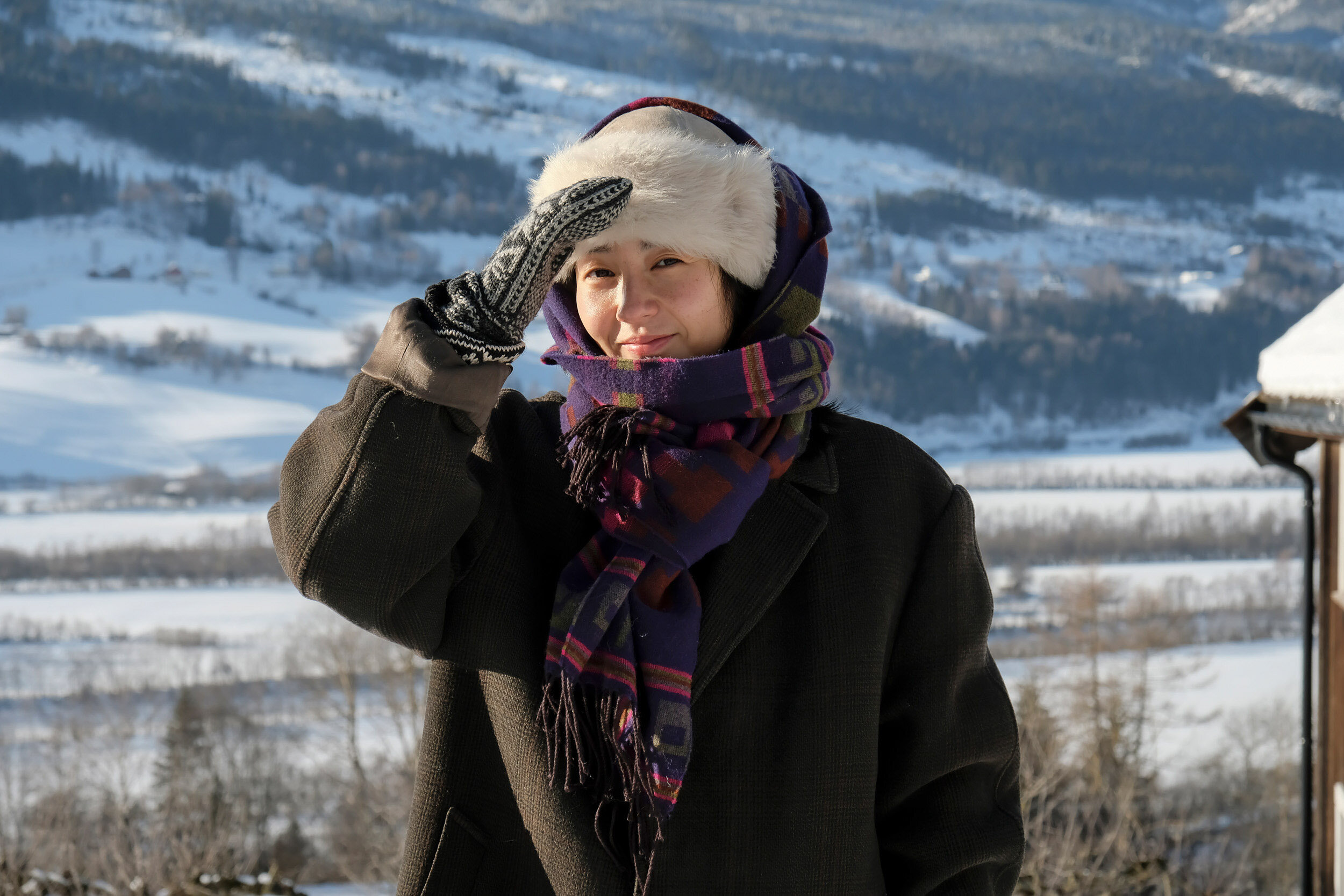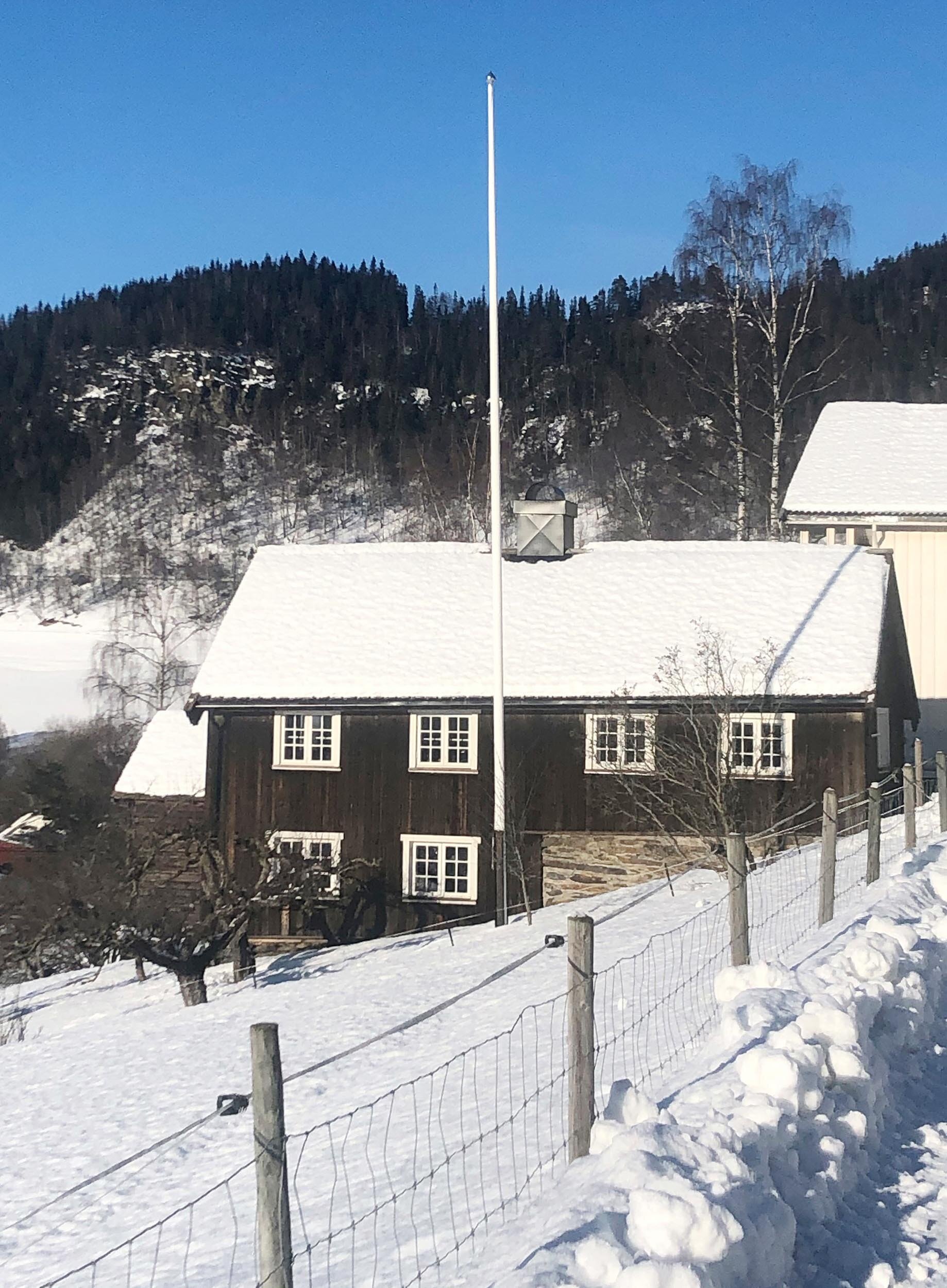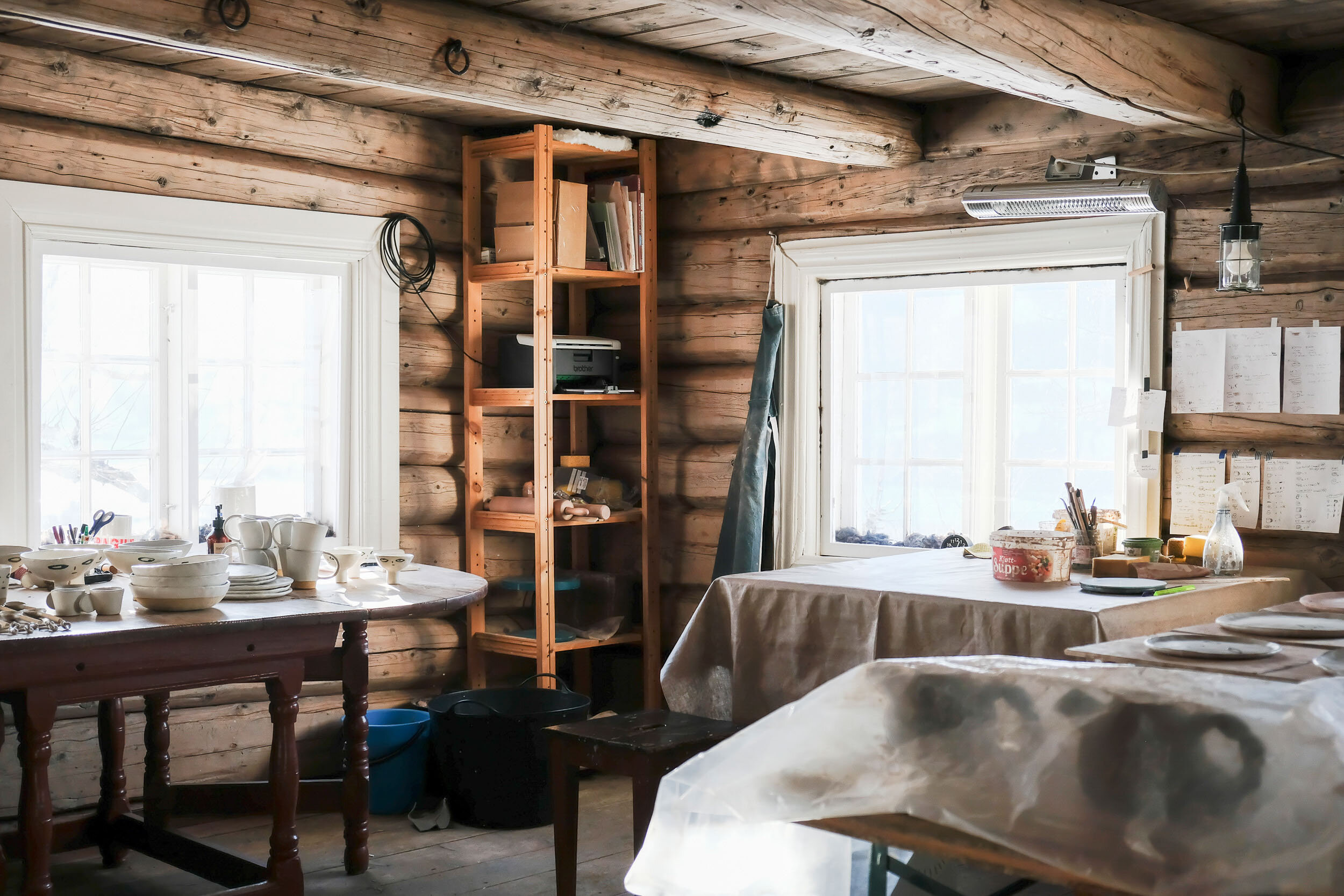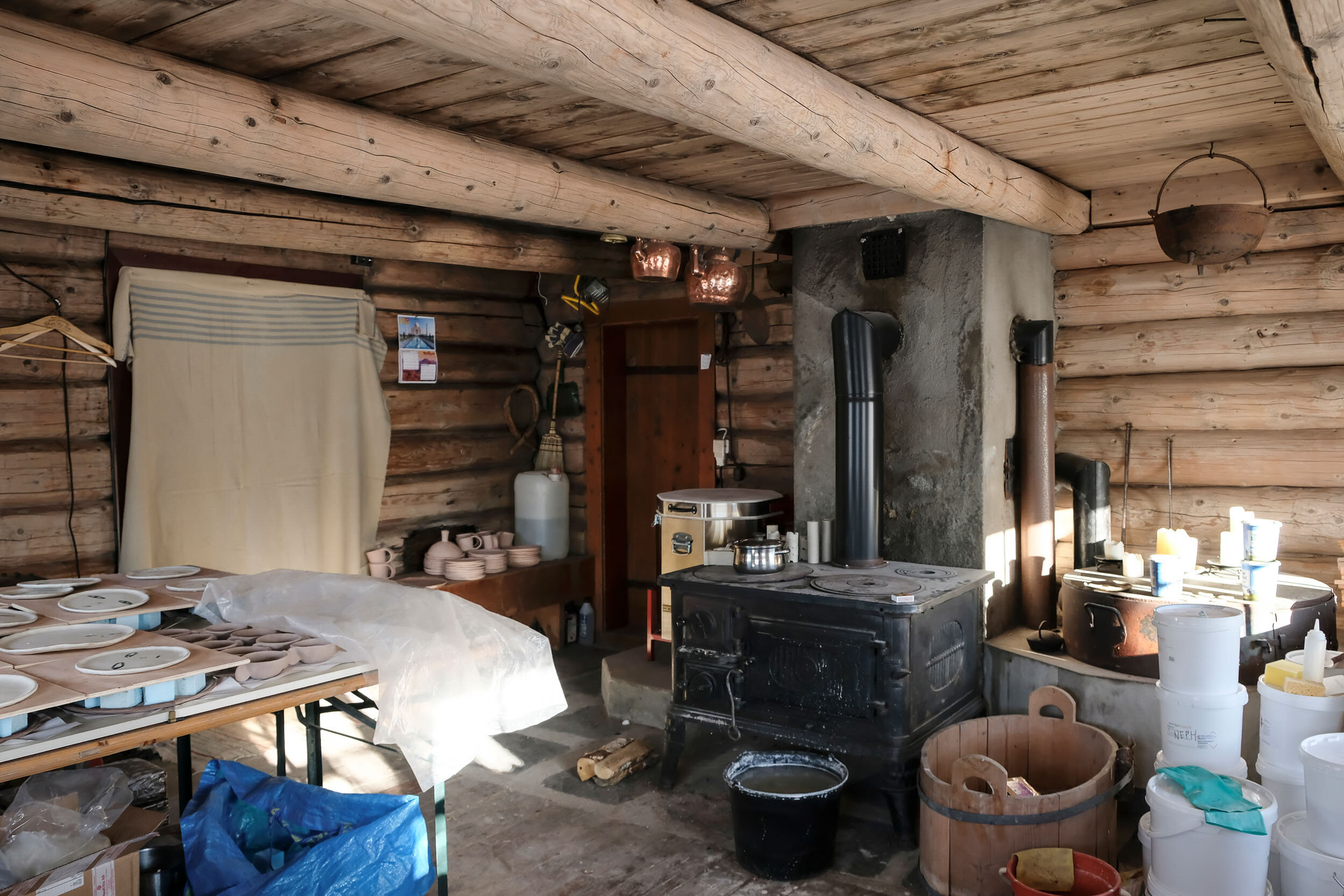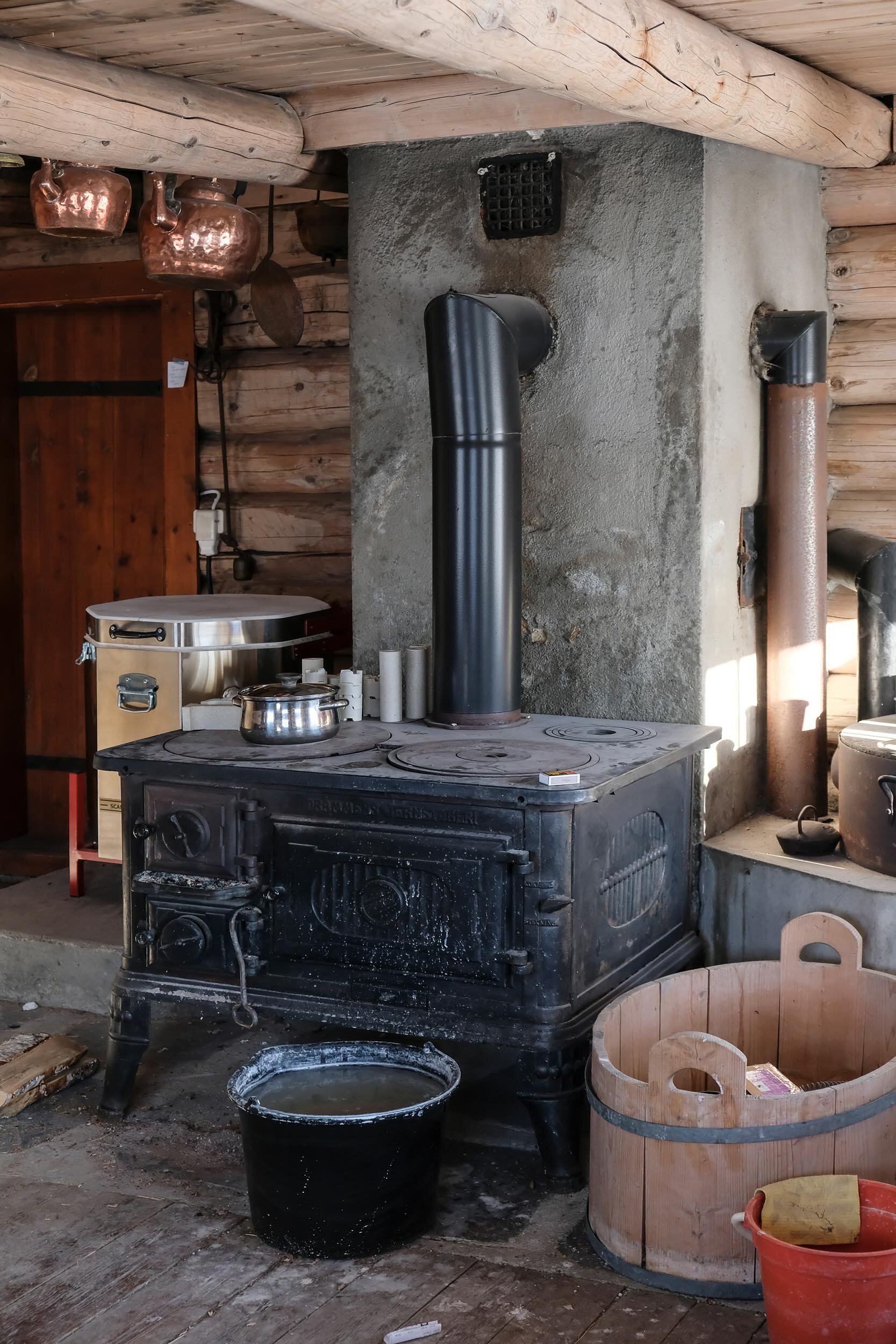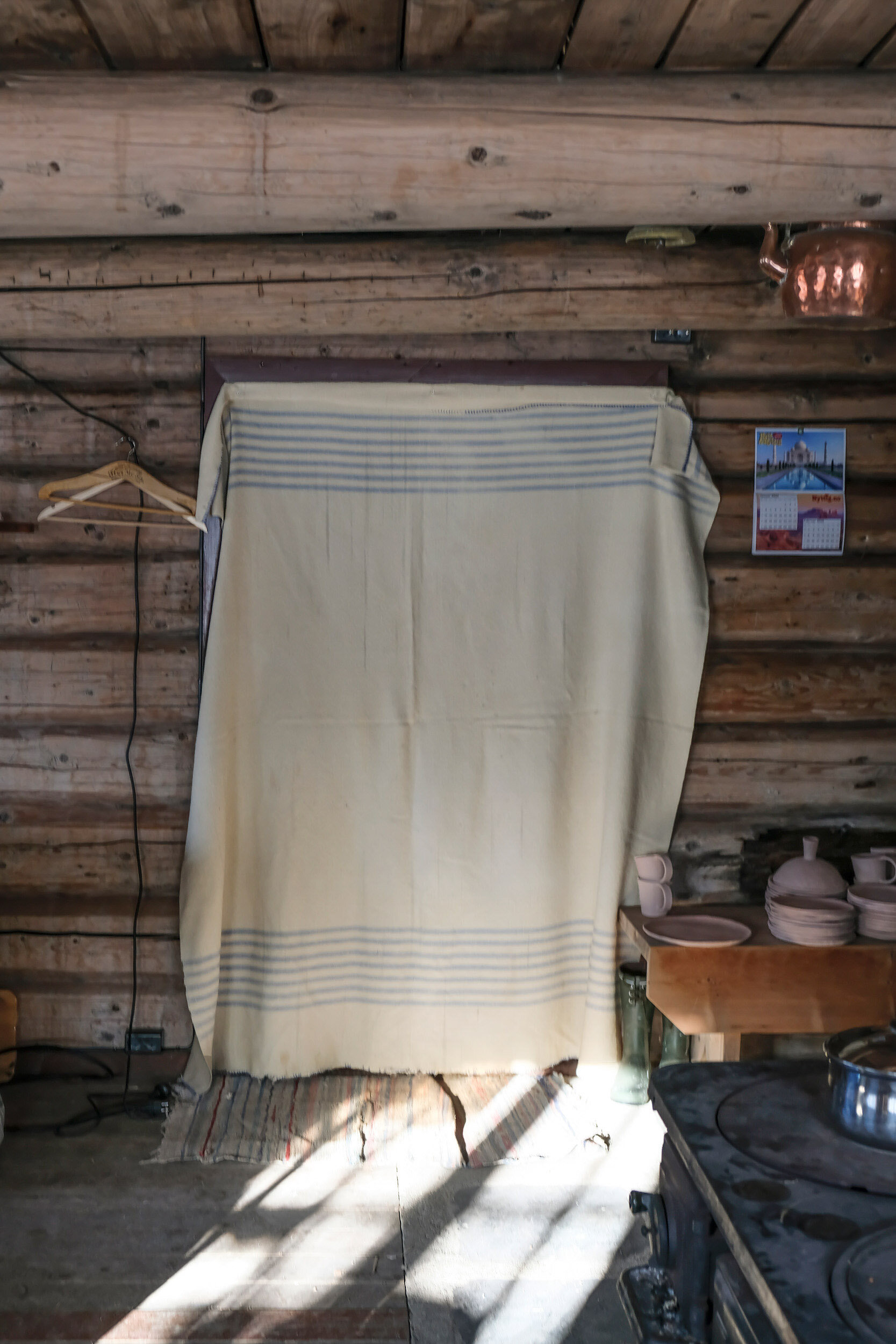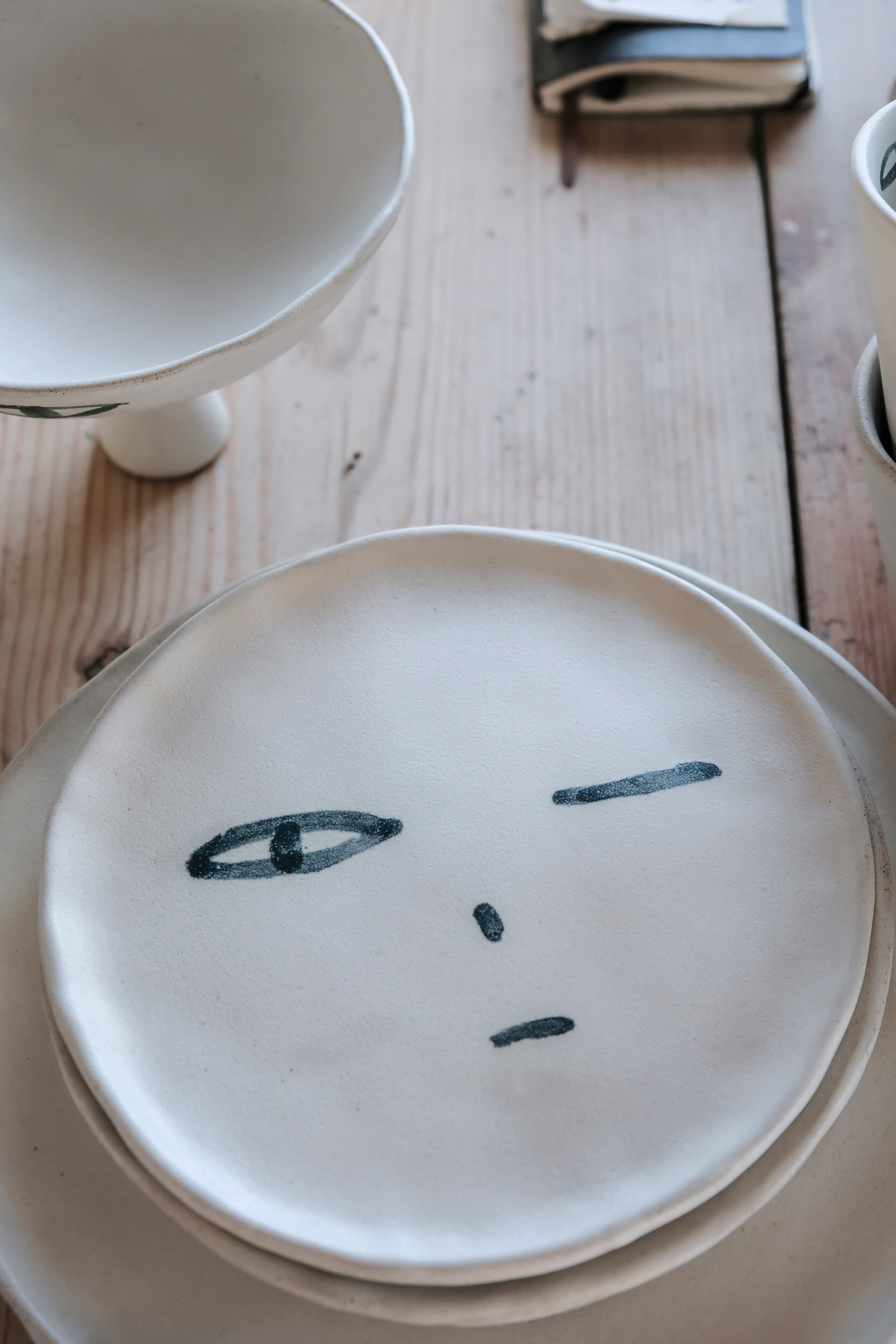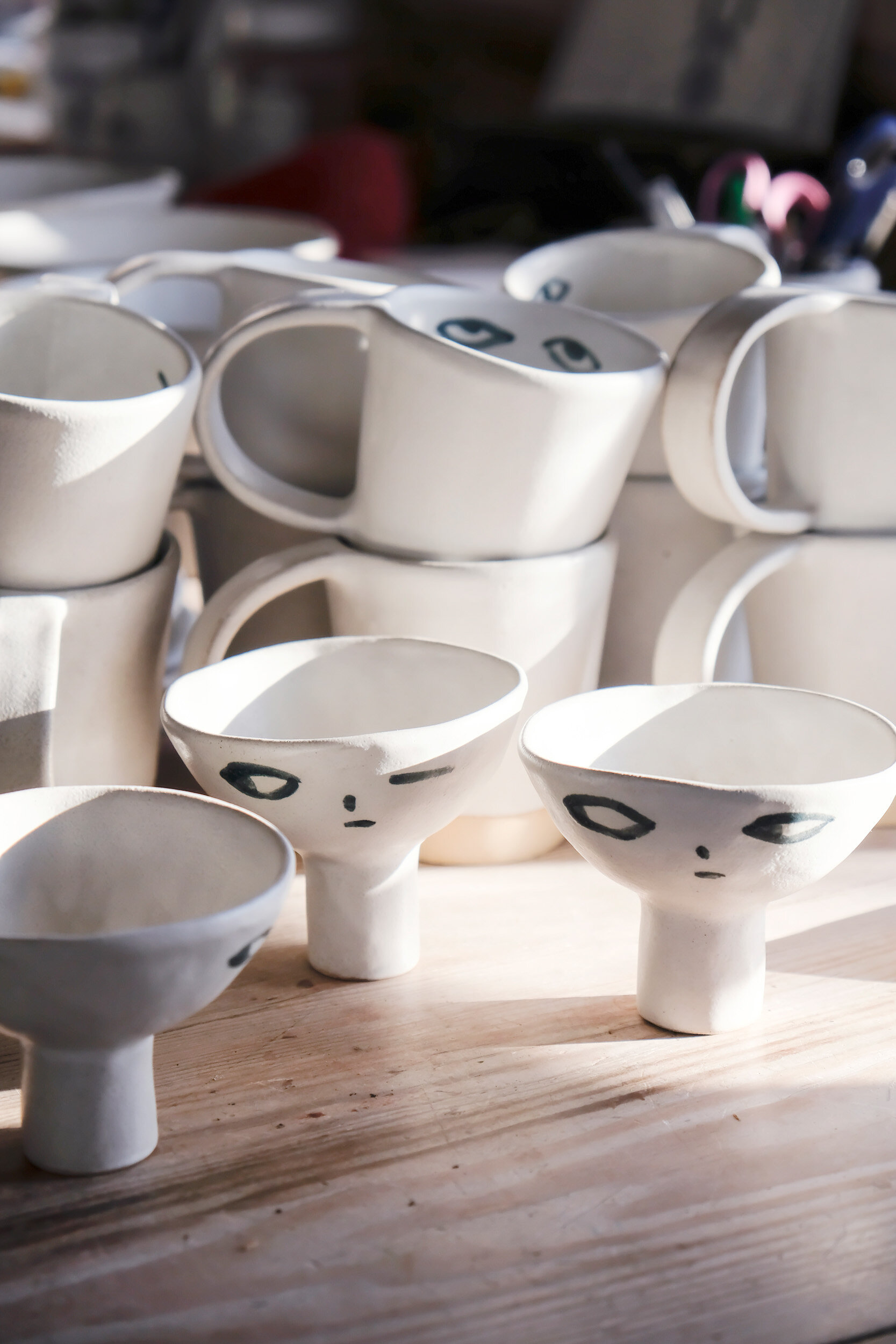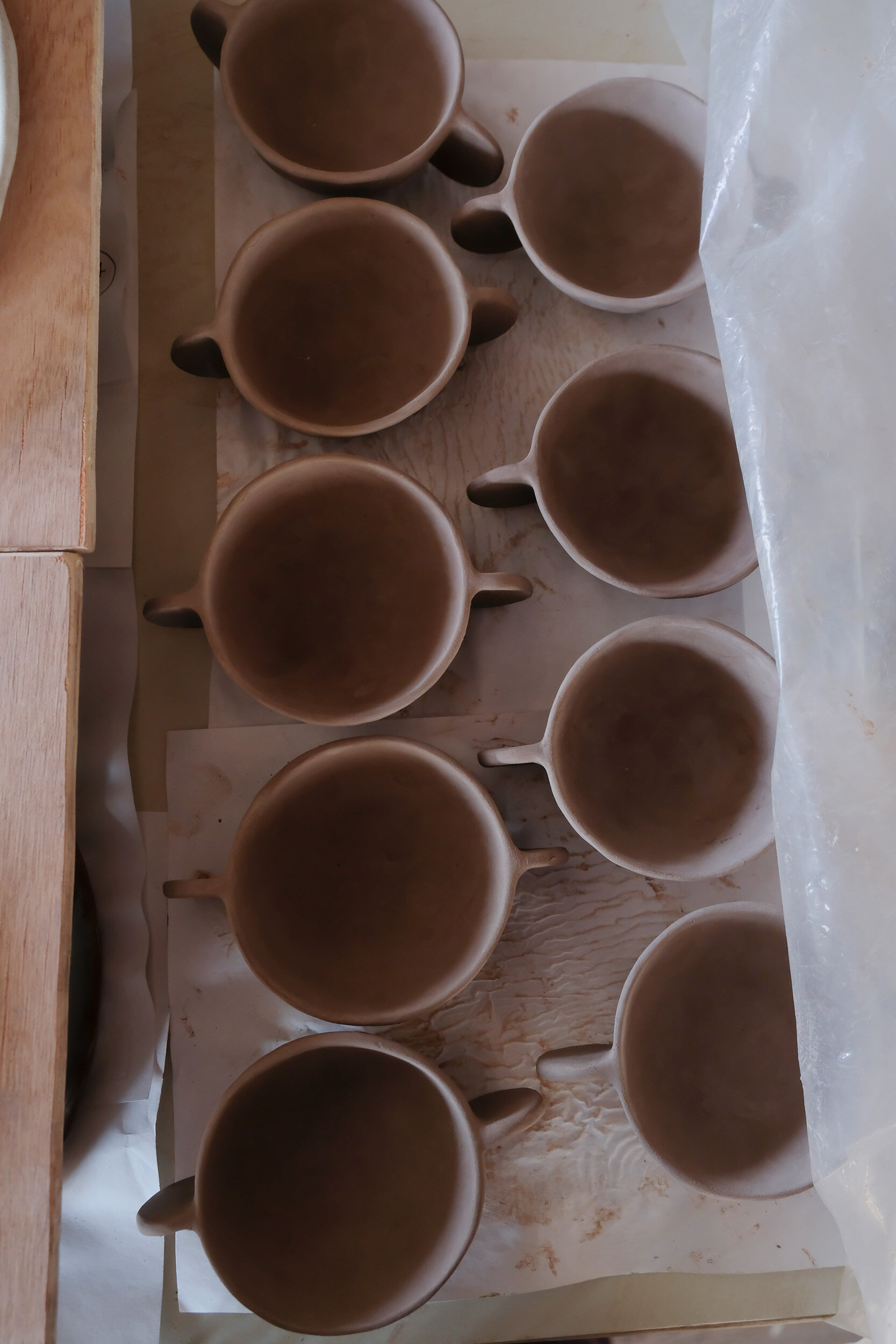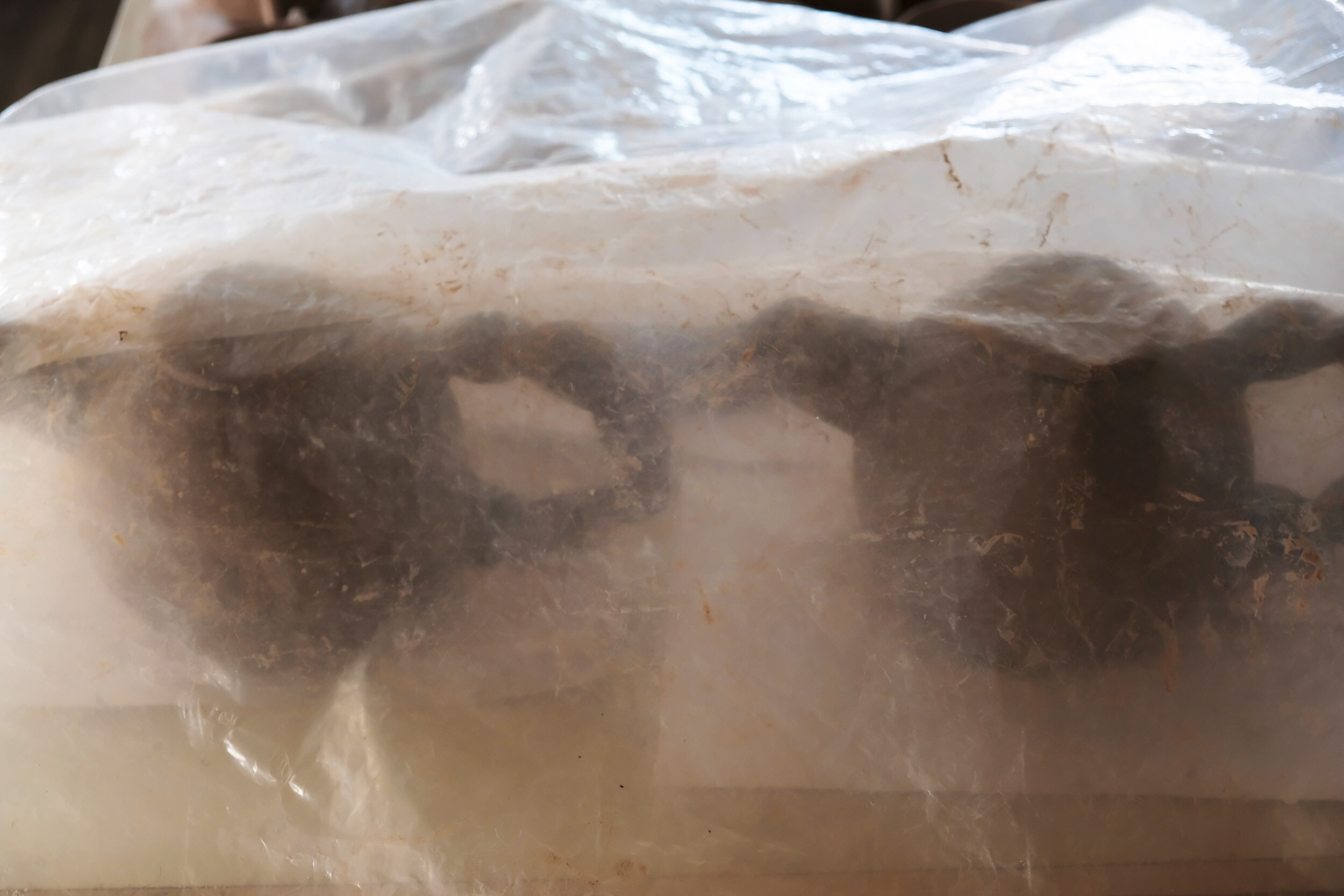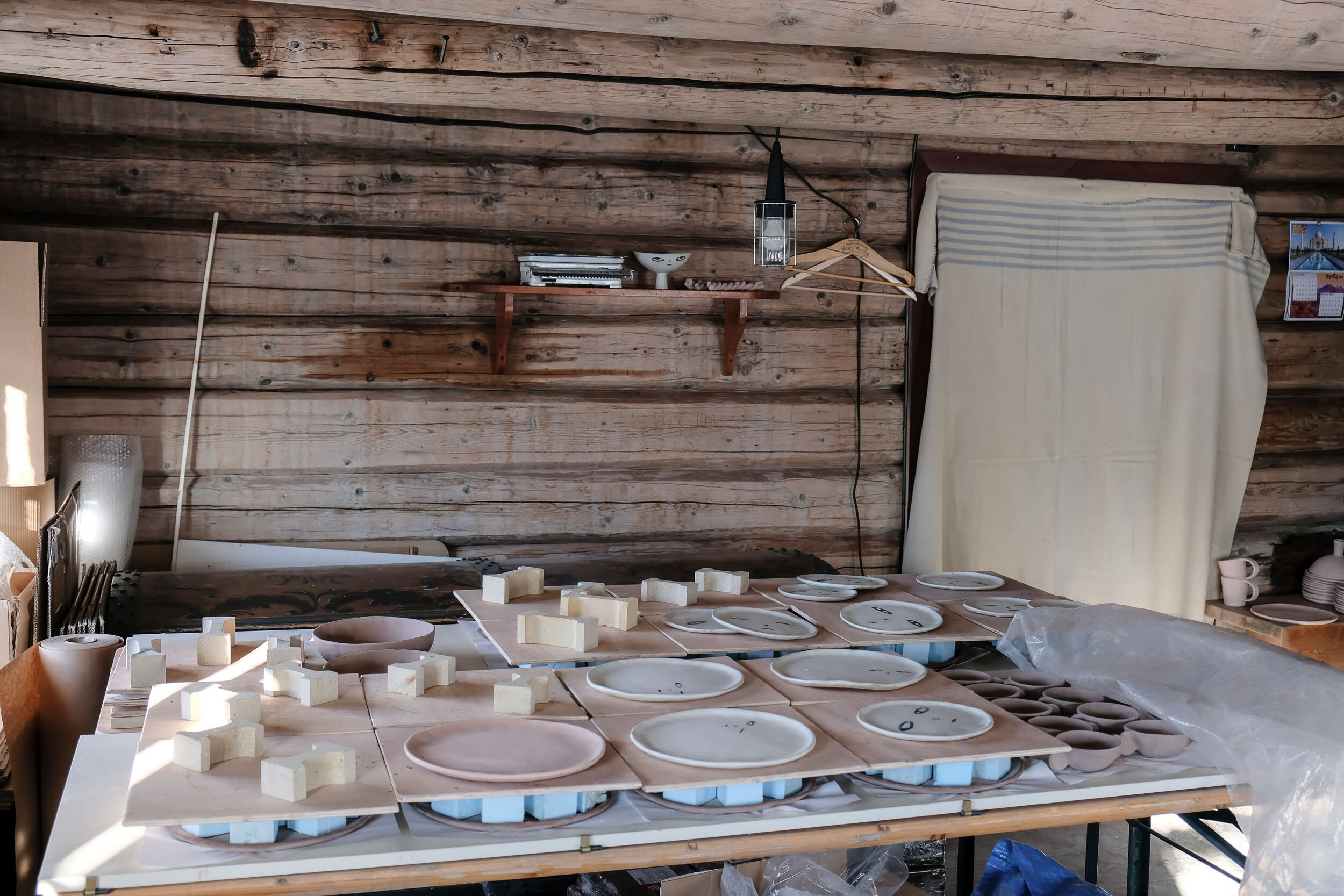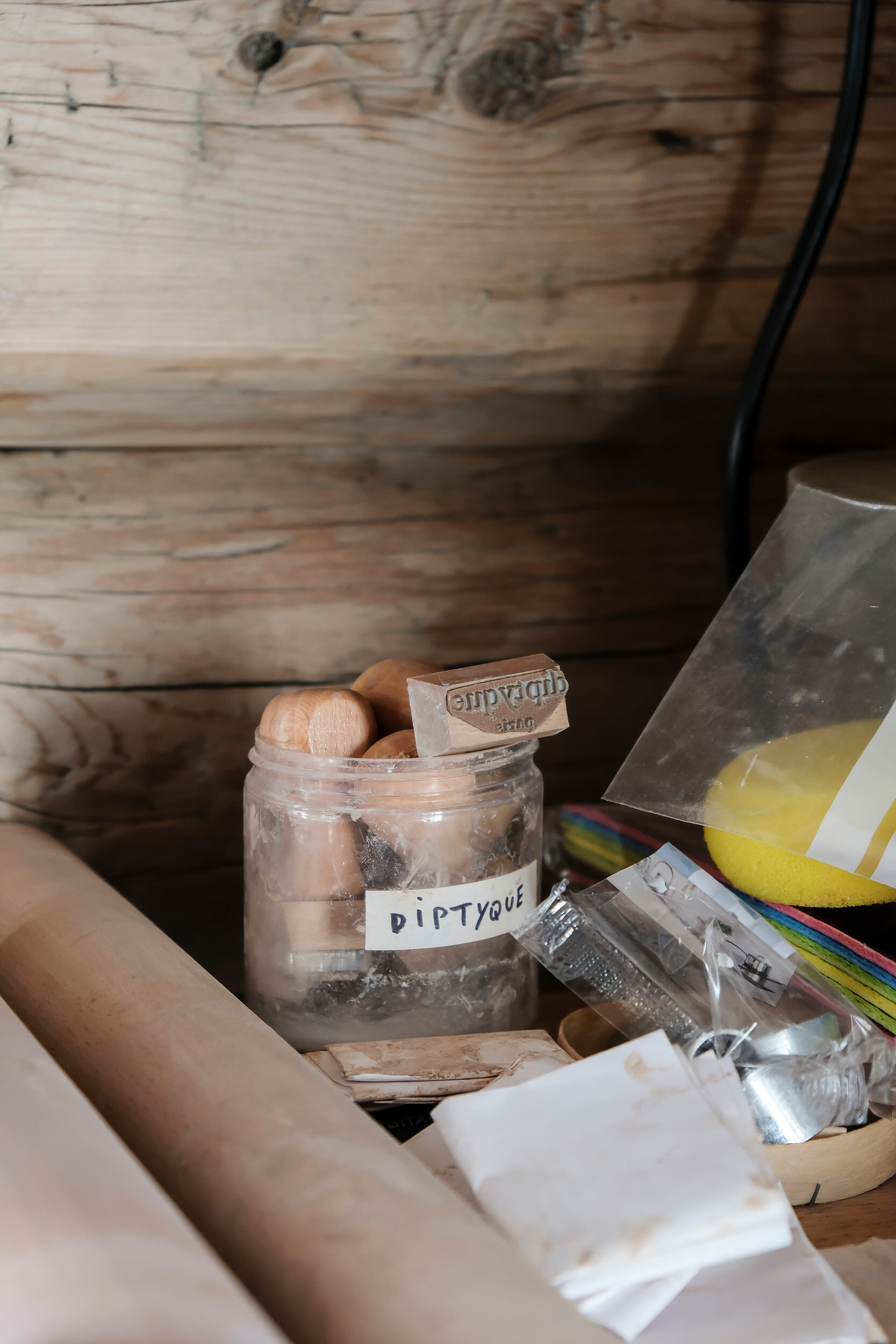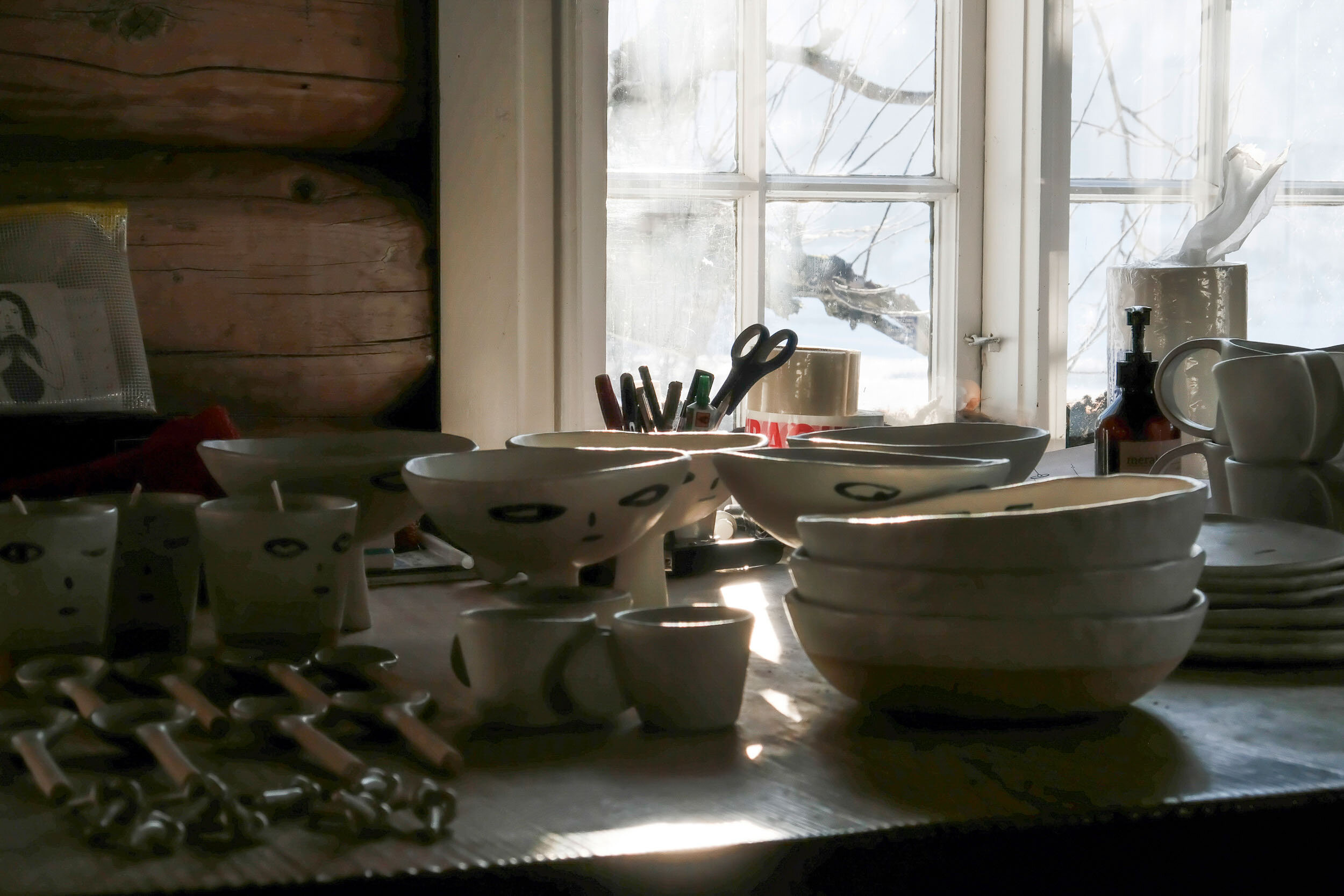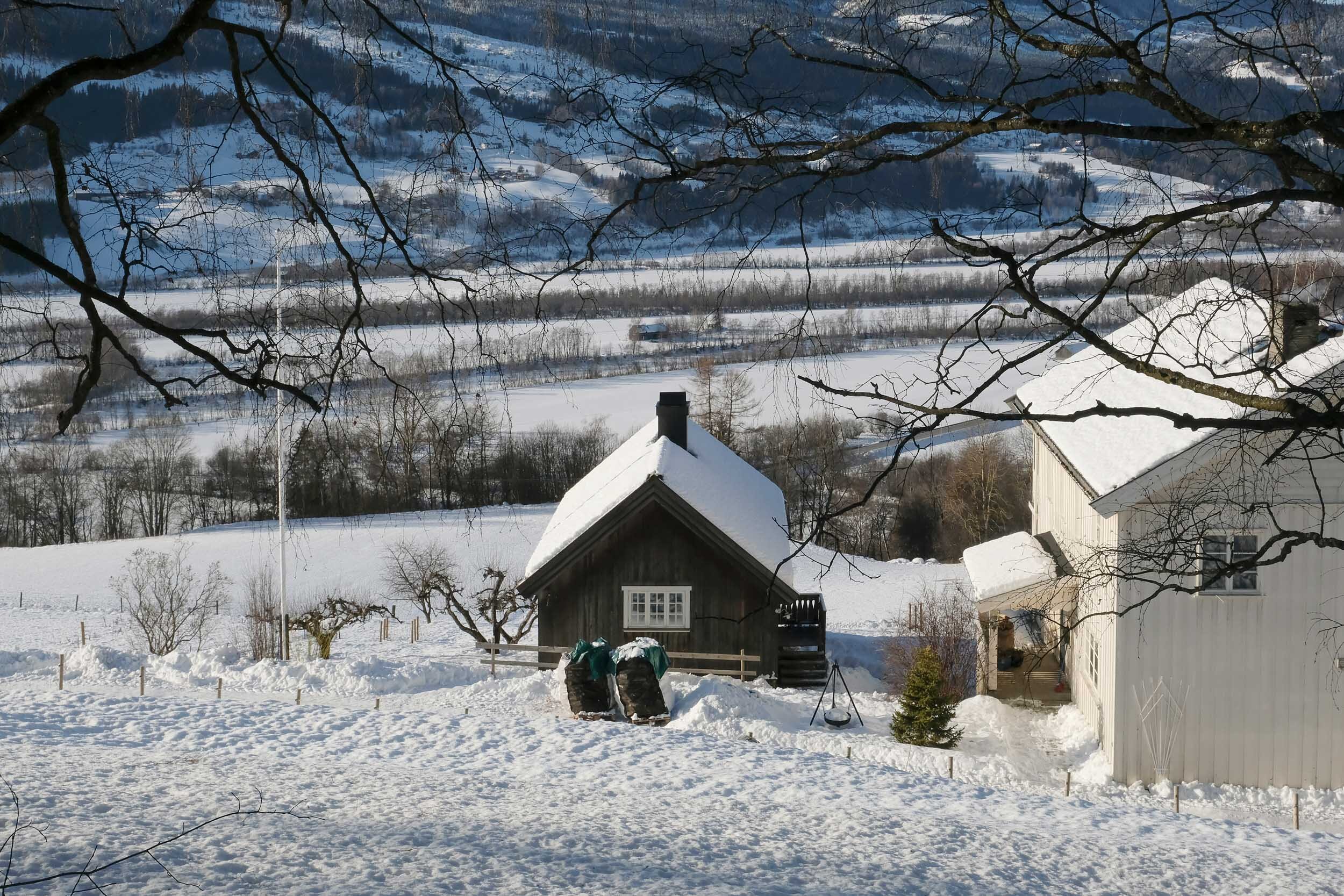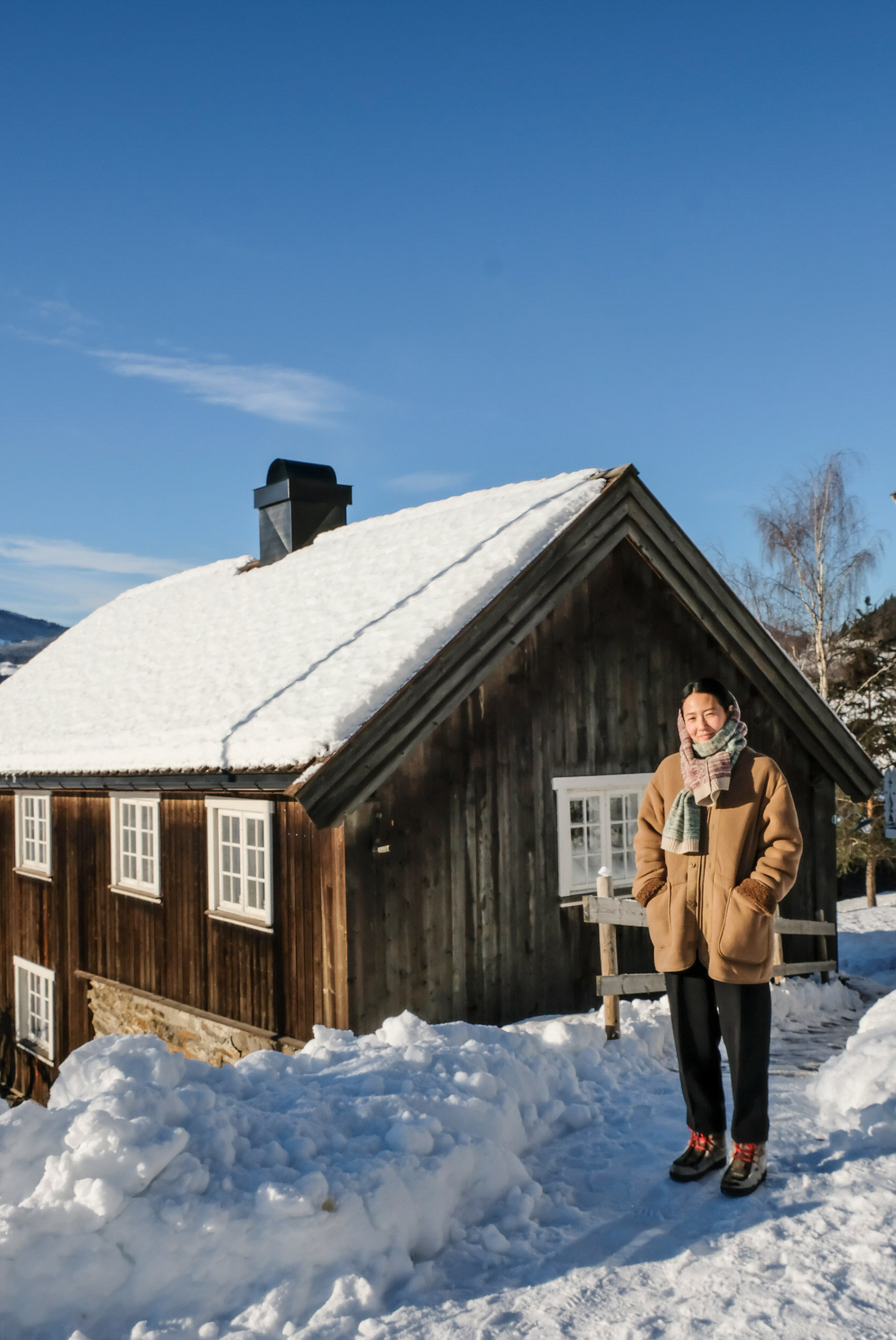Little Pieces of Her
I’m tired
Most of us are. But here, in the safe remains of the Norwegian social democracy, amid lockdowns and home offices, cancelled extracurricular activities and vacations, of plans that turned to nothing; where our loss of income has been assuaged by negative interest rates and first rate dinners. Where horrific tales from abroad are merely glimpsed as though in the side-view mirror, we have typically invited another couple over for dinner when restrictions have let up for a minute or two. Here, we have been fortunate enough to go for a trips to a cabin owned by our extended family or stayed put in our garden in wait of better times, and of late, every Tuesday, when fresh fish is at a 30% discount in our local store, my mother has bought and brought it over for us to cook. She lives alone. She is supposed to live in isolation.
words & photos: Elisabeth aarhus
A standing Invitation
A few weeks back, we decided to visit Madoka and Ola Rindal in Fåvang, a small township located three hours north of Oslo. This, despite our car whimpering along with numerous warning lamps and our savings account for precisely such matters had already been emptied to cover reparations of things we will to cover reparations of things we will never see, let alone comprehend. We had fresh-brewed coffee in the thermos, and sandwiches in a paper bag. Our minds were set – we were going to welcome their standing invitation, even if that meant leaving the car at some train-station along the way and hitchhiking with some motherly SUV on their way to a winter-palace of sorts at Kvitfjell…
To the Icy Valley
The plan was to follow up on a late-night conversation which Madoka and I had while they visited us sometime the previous fall, between two of the lockdowns..a conversation that touched on shame, identity and mothering. The couple had moved from Paris the previous summer, with their two children Miya and Dag, deciding to bypass Oslo for Ola’s hometown of Fåvang, a possible culture crash if ever there was one I thought.
Our car, fortunately, didn’t give in. At least not on that trip. We reached the exit Fåvang, a town of around 800 people, and circled up the winding roads. Like any number of family-owned farms spread around the country, this one contains a number of different houses spread out across their land, and we were put up in The Rindal’s Eldhus from 1856, a two and a half storey wooden structure from with the icy valley looming just outside the window.
Urgent journey back home
Having spent the last 20 years in Paris, the couple and their two children made the drive last summer, up through Europe in their little car, towards Fåvang. They had spoken of it numerous times, of moving to his hometown that is, and when the pandemic broke out, their life on the outskirts of Paris was so restricted that they made the decision within a few months. It seemed necessary, urgent. But not urgent in the sense one would think..
-It’s important for me to say that it wasn’t the pandemic that pushed us to move. In fact, it was the opposite I’d say. We had planned to move the summer before the pandemic and when it broke out we questioned ourselves if we should or should not move. But we decided to stick to the original plan because we felt like if we didn’t do it just then, we might get cold feet.
Her space
Once inside her studio, a quick walk down the dirt road from their home,- she is greeted by any number of faces, her faces I think to myself, with eyes and sometimes a mouth – looking, or even winking wryly at her. These smaller pieces of art, her mirrors, revealing her from any given angle, her hands shaping the clay just so, -are, if not self-portraits, then little pieces of her I guess. Cups, mugs, saucers, plates, platters, tea-servers and yes, scented candles even. The latter of course give off a chic smell of Paris in the spring when I lift the little piece of thin linen covering them as they harden.
This afternoon, Madoka is wrapped in layers of woolen clothes and fur boots, and as we sit down in the kitchen above her studio, she declares that for now, she has returned home – if not geographically, at least with respect to the daily business of using her hands to turn clay into beautiful and useful objects. Like the tea-mug she hands me with a twisted handle, or the plate with the painted stare of a sceptic gazing back at me.
This is not the first time Madoka has made a major move. At six, her mother wanted to get out of her ‘normal japanese housewife life’ and let herself and her children dare to do something different by travelling to Europe and live in Paris for two whole years. - It was in the late 80’s and there were not as many Japanese people in France as there are now. She barely spoke French and flew to Paris alone with her 2 children, while her husband worked and waited in Japan. It was something unconventional to do at that time and I think it still would be now. Also crazy that my father accepted the situation and financed the project perhaps.. Madoka attended a French public school in Boulogne, a Parisian suburb while her mother took private singing classes. If there’s one thing she has inherited from her mother, Madoka says it has to be curiosity, of having dreams and aspirations and the sense that the world is larger than it sometimes feels. And still, the accompanying feeling is often to think of yourself as never being quite there yet, a lingering thought that you should be somewhere else, doing something other…
Hardest time of my life
Madoka’s first stay in France lasted for two years, and upon returning to Tokyo, she continued to attend a French school. Her second time around, Madoka took off on her own, and stayed for 23 years. To begin with she was miserable. She started at university but couldn’t quite settle in with her cinema-studies which she was placed in by a mistake done by the university. Though her father was working with film and advertising as a set designer and she was familiar with the basic concepts,- something about the studies just didn’t sit right; it was too theoretical. After three long months she gave up and spent the rest of the year doing nothing, or – something I guess. She did some translating work, which at the time was quite well paid.
-It was the hardest time in my life, she said. I was lost, and lonely.
She had friends, but perhaps the loneliness had to do with ‘not feeling at home’ – especially with regards to what she was doing, or not doing. And yet – going back to Tokyo was not an option and she decided instead to keep at it, looking for the ever so elusive “thing”… The conclusion was simple: fill the void, with creativity and new impulses. She applied to art school, specifically to graphic design and suddenly everything opened again. This led her to work in the magazine industry which in turn was where she met Ola on a fashion shoot. She the AD, he the photographer.
They met up for drinks.
They got married.
Then the two of them took off on the Trans-Siberian railroad for three months.
Travelling and spending every minute of every day together for this long, not connecting with anyone else, is definitely a recipe for getting to know one another. They passed the test, and now, more than a decade later, they have two children together, and interweaving careers.
So, why ceramics?
The satisfaction Madoka once felt with her work as a graphic designer had come to a halt, and she found herself mainly doing projects in order to cover the bills.
-I was frustrated, I’ll eagerly admit. Almost everything was about convincing clients, a sort of creative negotiation, and I was tired of that process and the relationships that came with this.
-Whilst on maternity leave with Miya, our youngest, I felt ready to take up a long-standing dream of picking up clay and transforming it. To let my hands do the thinking and work it all out. At first I had to learn though, and in 2013 I decided to take an evening course close to Buttes Chaumont in Paris.
After the first year of taking classes she started receiving small orders, and found herself imagining what it could be like to be a full-time ceramicist. For a while she did both, but came to realize that in the long run it wasn’t really feasible;
-I had to choose. Two careers at the same time is one too many. It took some time to carefully consider the consequences before making the final decision. Still, I took the plunge and went for it.
Variations on a ‘sameness’
There is something so tasteful about Madoka’s work. It’s elegant, but not too fragile. Milky, and soft, yet earthy and timeless. With a very distinct sensibility, her objects evoke a certain confidence, as though the forms themselves and the faces she embellishes them with enter into a dialogue with itself. Never quite repeating herself the pieces nonetheless feel like variations on a kind of “sameness”. Or as with a real person-we all have various layers and dimensions but often appear much the same. Still, if you look carefully-you can always find a new dimension within a loved one.. or in his or her face.
It is remarkable, that Madoka, with still being young in her artistic career within the ceramcis world, her series come across as somewhat iconic already.
Animism in ceramics
Madoka does not consider herself influenced by any particular artists working with clay and does not consciously refer to artists or periods even though her awareness of being part of a certain tradition is very much there.
-I grew up with Japanese ceramics that my parents collected. It was not a vast collection nor anything luxurious, but it spoke of a certain taste that I always appreciated.
Madoka comes from a country where there are traditional beliefs that plants, rivers, objects or places have inherent, spiritual essences, where old trees for example are considered sacred. And as an artist this animism is certainly present in her ceramic work.
-I believe that this Japanese notion of our surroundings having a certain spirit aids us in looking after our environment. If you think of every little thing as having spirit, you’ll engage with them on a deeper level, perhaps even put yourself in their place and in turn treat them with a sense of respect.
I think of her cups and plates. These objects put in front of me, the mug she handed me, looking at me askance, smirking even. I hear the cup asking me to pick it up; ‘caress me’ it seems to be saying, take a swallow and put me down again, but treat me kindly; treat me with the same respect as Madoka made me. Too much time and effort went into my making before I became your family member’
All of Madoka’s items are constructed by hand, shaped, burned and glazed in her studio. She draws moody blue peacock faces on white glazed stoneware clay and makes hand pinched tableware and homeware items for daily use. The faces on the ceramics are drawn with glaze on a paintbrush, the surfaces are flawless, smooth and soft looking.
The solitude of the work
-There are a number of aspects that drew me to ceramics in the first place. First and foremost there is the meditative process of building something by hand; you have be concentrated, yes, but at the same time your mind can be someplace else entirely. I like to compare this state of mind to that of doing the dishes!
Secondly, there is the solitude of the work. It’s not that I don’t like people, but I do really value being by myself in the studio. And thirdly, I’d say there is the sense of not being dependent on anything but the oven… There is something so liberating about being able to create an object entirely by yourself, to manage the whole creative process and be in charge of the entire production process.
Her days look pretty much the same now that the kids have their own routines and depend less on her presence. In the morning she does her office work on the computer in the house where they live. Then, she prepares food or a snack for the kids to devour once they return from school, lunch for herself, and off she goes, the 100 meters or so down the road to her studio and stays there until four or five in the afternoon.
-I depend on structure; I have a desperate need to be organized and prepared.
Circles
Madoka lets on that she goes for walks. Always the same one, a loop that takes about half an hour depending on the weather conditions. First, she walks downhill to the horses, then up a hill passing a few houses on the way – then she moves briskly straight ahead on a road until she can see her home again. Often, this walk is accompanied by a friend – on the phone that is…
The weather
Upon our arrival in Fåvang, the temperature was 22 degrees below freezing, but the cold does not seem to bother Madoka in the least. As long as she can stay in most of the time. I want to ask her how she’s able to cope with life up here, in this small village miles away from others, in the cold and dark winter months. And yet, I sense that Madoka is not really one for socializing all the time anyway. I may be wrong about that. Our intense, late-night conversation in Oslo the previous autumn was most likely not a regular occurrence, and quite possibly a consequence of our mutual covid-isolation. Suits me perfectly really, not having to talk about the weather.
And yet – as she says
-I’m excited about how I’ll react to the light slowly replacing the dark of the winter months, the landscape once more turning green and the animals being let outside again. I’m sure things will be quite different yet again, now that winter and I have gotten used to each other.
Spring.
Spring is almost upon us I think to myself the morning after a long night of homemade sushi, bottle upon bottle of wine consumed, and discussions on whether certain old classics from their vinyl collection had stood the test of time. The closest we got to Paris that night in Fåvang, was to shed a tear over Ola’s heart-wrenching meditation on the city they left behind in his book PARIS.
Spring is just around the corner I remind myself, as I sit up in bed, amid the flickering of flames on the walls in the old cabin-cum-studio surrounding me. Coffee is brewing on the old wood-burning stove-that my companion has kept alive all night to keep his family warm before returning to the city after walking Madokas’s regular round together in the cold.
For more information: madokarindal.com
You can buy Madoka’s work here:
UK
LONDON
DIY Art shop 129 Shacklewell Lane, London
SHROPSHIRE
Wyld Home 64 Wyle Cop, Shrewsbury, Shropshire
SOUTH KOREA
SEOUL
39etc 1F, Ichon-ro 18 gil 21-47, Yongsan, Seoul
JAPAN
TOKYO
Aelu Nishihara bldg 1F, 3-12-14, Nishihara, Shibuya-ku, Tokyo
So Nakameguro 1-6-52 Aobadai, Meguro-ku, Tokyo
FRANCE
PARIS
Aoyama Flower Market Paris 96 Rue du Bac, Paris 7
Diptyque 34 Boulevard Saint Germain, Paris 5
Nous 19 Rue Clauzel, Paris 9
ROMAINVILLE
Poumpilata 9 Rue de Paris, Romainville
BIARRITZ
A mano studio 13 Rue du Helder, Biarritz
ANNECY
M.U.R.M.U.R 10 passage de la cathédrale, Annecy
BELGIUM
St Vincents Kleinemarkt 13, Antwerp
GHENT
Agnes & Maurice Predikherenlei 9, Ghent
Helen B & vrienden Bij Sint-Jacobs 7, Ghent
NETHERLANDS
AMSTERDAM
Edible Treasures Jacob Obrechtstraat 75, Amsterdam
For more information about Ola Rindal’s work: olarindal.com
Paris
by Ola Rindal, THAMES HUDSON (March 30, 2017)
Made in his adopted home town, Paris is a continuation of Ola Rindals fascination with the blind spots of the urban environment, the things that are always there but tend to escape our gaze. His is a not a subjectively imagined Paris. It is a Paris that exists in the real world, albeit at the edge of our field of vision. Vaguely familiar but not immediately recognizable, the side of Paris that come into view here is its non-places. We may encounter these blank or blind spots in any big city. Casually and fleetingly noticing their presence we seldom pay them very much attention. In Paris, Rindal turns his camera at these spots to get a grasp of what goes on there. What he captures is the daily struggle for survival waged by the citys poor and fallen the human collateral chewed up and spat out by the big city machine.
To order at YVON LAMBERT in Paris, Amazon.com or Tronsmo in Oslo


